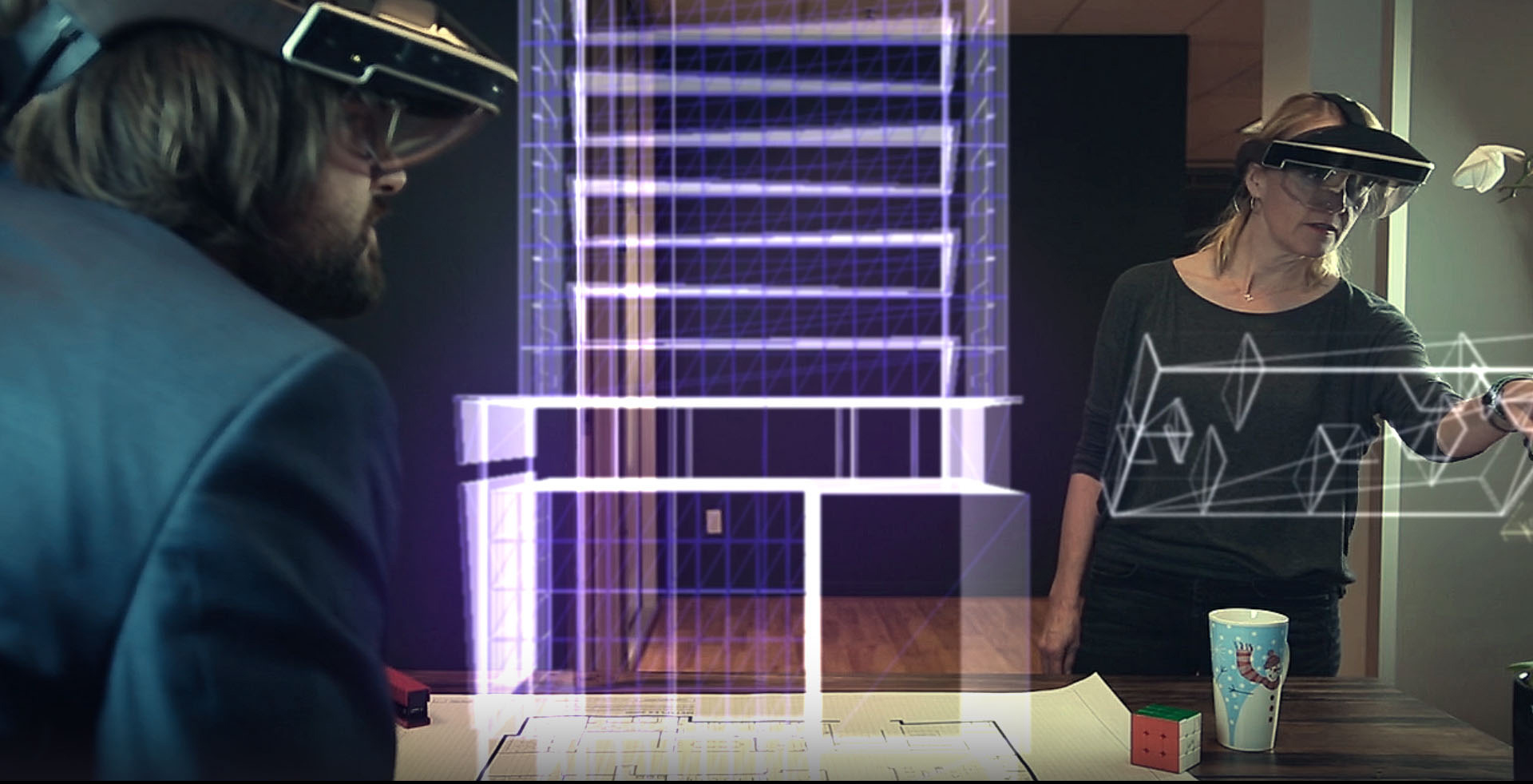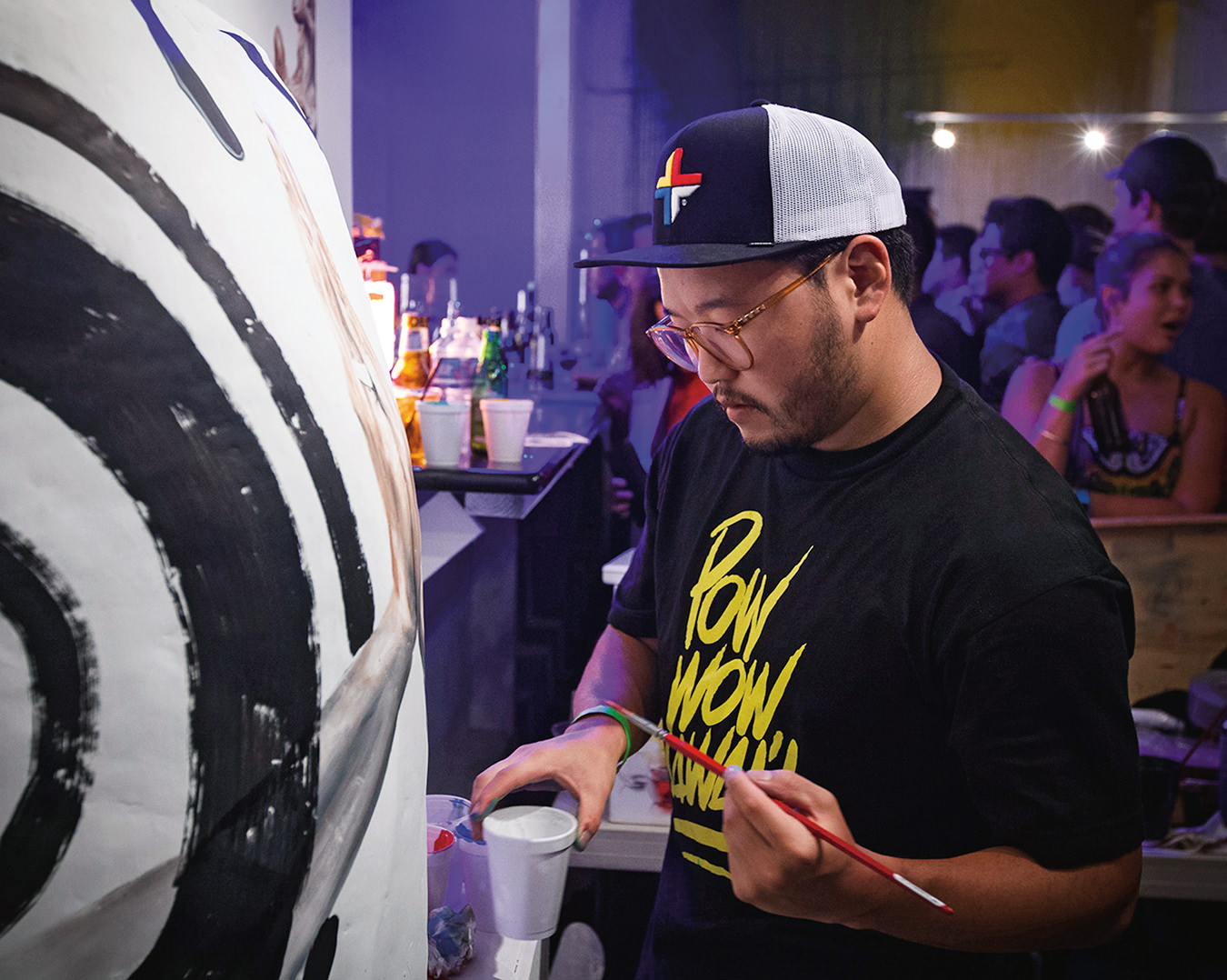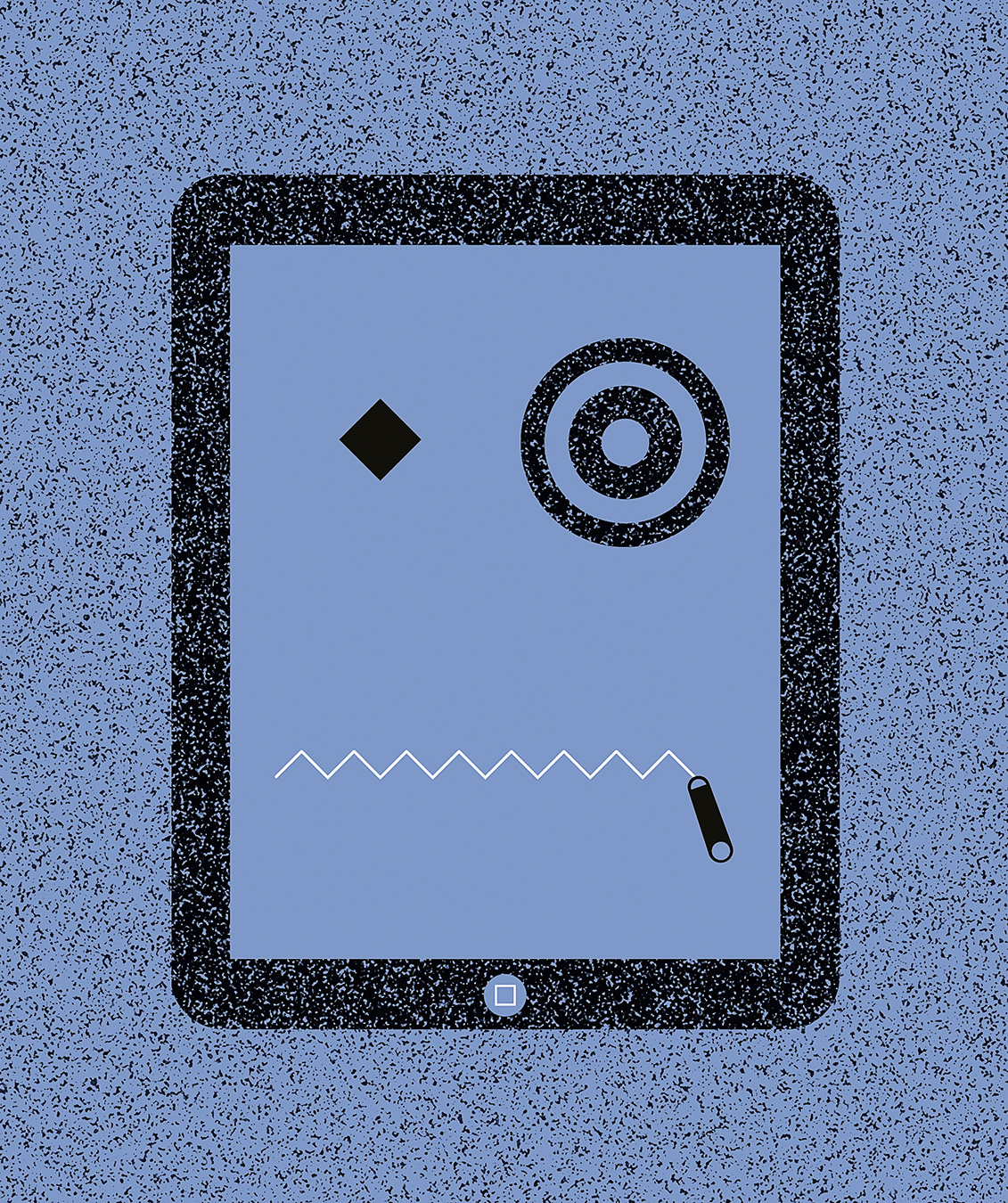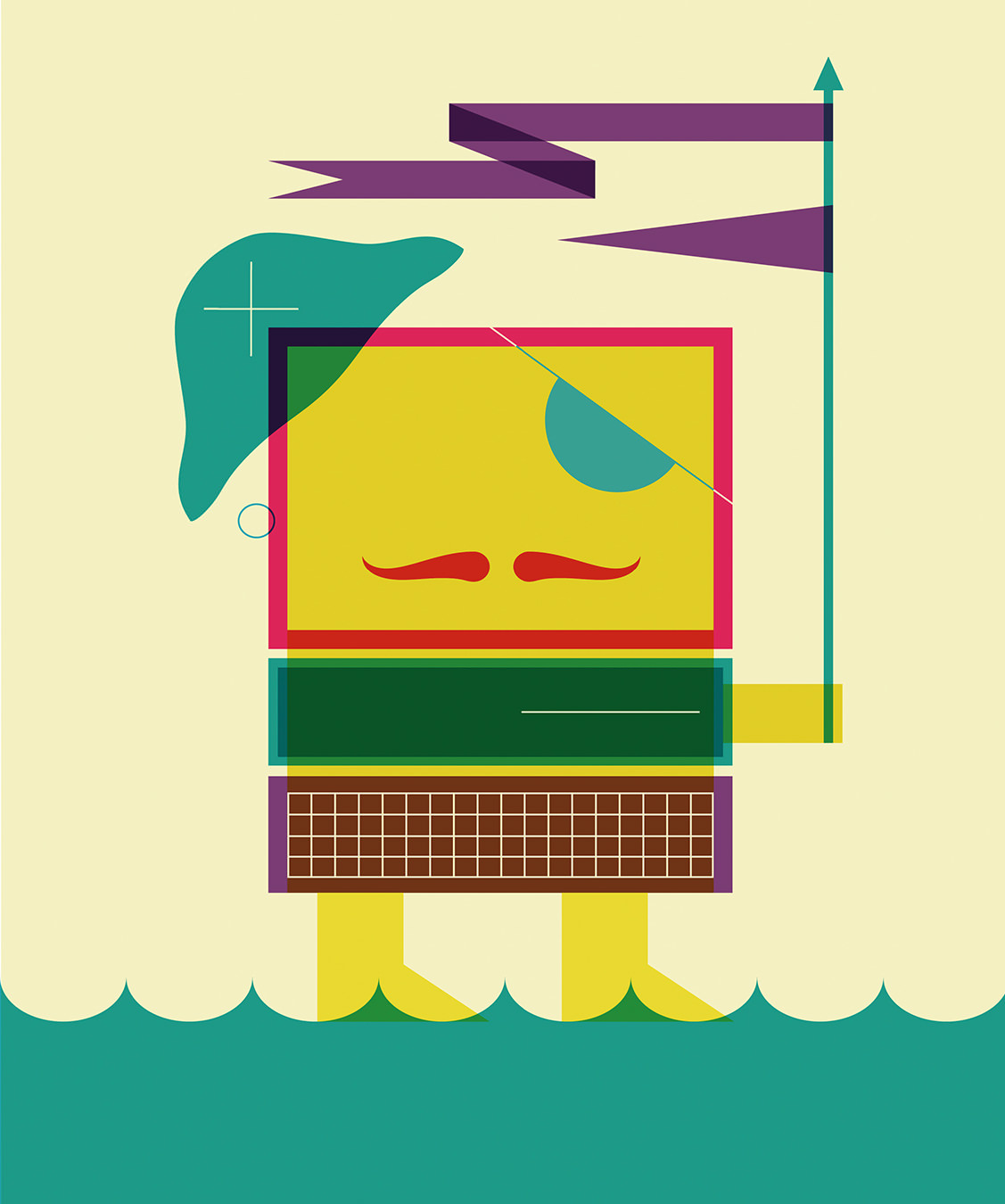Virtual Reality in Real Life
Three ways virtual reality will change how we live.

Virtual reality (VR) has been buzzed about since the eighties, when its first clunky prototypes were half-apologetically announced (they made users motion-sick). Yet over time, VR technology has undergone an assiduous fine-tuning process, fast-tracked in large part by Facebook’s acquisition of the Oculus Rift headset in 2014.
The Oculus Rift, the brainchild of 22-year-old Californian Palmer Luckey, was the first of its kind to enter the consumer market—available as of spring 2016. Since, a flash-flood of VR tech has debuted: Taiwan’s HTC Corporation released their HTC Vive headset; Utah-based company the Vision of Infinite Dimensions (the Void) began demoing their 5-D Hyper-Reality entertainment parks; and California-based Meta presented the Meta 2—a headset displaying an augmented reality (AR) with interactive holograms—to an enraptured audience at the TED 2016 conference. That’s enough alternate realities to make your head spin. To better understand how VR technology is currently being used, we invited industry insiders to expound on its applications.
Entertainment: For many, virtual reality is most immediately associated with gaming—indeed, the platform is predicted to revolutionize the video game experience. But the potential for VR gaming transcends players escaping their basements through headsets. James Jensen co-founded the Void in early 2014, and has focused the company’s efforts on VR technologies usable beyond the home market. The Void creates stadiums—physical spaces—people can visit to participate in VR adventures with friends. “The Void is much like a futuristic movie theatre,” says Jensen, “but instead of coming to watch a movie, you’re coming to live it.” Besides a headset, the Void participants wear gloves and a hi-tech vest developed to reinforce the illusion of water, heat, and movement, which enlivens the virtual world. A recent demo of an Indiana Jones–style adventure saw participants at TED 2016 (including Steven Spielberg and Harrison Ford) navigating an ancient ruin, grabbing torches, climbing stairs, and brushing off cobwebs along the way. Props placed within the Void’s space contribute to an immersive experience, as do textures and temperatures, and additions like rumbling floors and tropical breezes. “If you are standing in a cavern and can feel the moisture, or stand by a fire and feel the heat, those are things that convince your brain that you’re in a real place,” says Jensen. “Then, it’s no longer about convincing yourself it’s real, but instead reminding yourself that it isn’t.”
Travel: VR companies are improving their capacity to provide realistic travel-like experiences, minus the travel. Users can slip on a headset, and be convinced they are standing at the top of Mount Everest, wind howling through their ears, or scuba diving with blue whales rendered to heart-stopping scale. “We have finite time and budgets to take vacations, and sometimes, try as we might, things don’t line up to make a trip possible,” says Kayla Kinnunen, who leads VR developments at Vancouver’s Roadhouse Interactive gaming company. Not only may some destinations be unfeasible for their would-be visitors to reach, but increased tourism may be detrimental to local environments and communities. VR is low-impact. “It’s impossible to have everyone on the planet flying everywhere to experience everything,” says Kinnunen. “But part of that feeling, the sense of ‘being’ somewhere else, is achievable in VR technology. Travel can help us understand the world and each other better. I’m hopeful that VR can help more people have travel-like experiences more often. And maybe through that we can all become a little more connected to the world around us.”
Work: While VR immerses its users in new worlds, AR superimposes computer-generated images over one’s view of the real world, like a holograph only the users can see. In his talk at TED 2016, Meta CEO Meron Gribetz described the effect as akin to becoming a “natural machine.” The Meta 2 headset is the first of its kind to allow users to interact as though in physical proximity to anyone in the world, while moving and manipulating 3-D content in the air. This format lends itself to market-specific applications running the gamut from manufacturing to medicine to “3-D conferencing” (imagine architects in different cities passing a virtual model structure to and fro as though they were in the same room). Christian Jacob, professor of computer science and biochemisty at the University of Calgary, is researching how AR can create personalized 3-D models crafted with data from a patient’s health records, allowing doctors to look “inside” an individual sans surgery. VR is also changing how corporations themselves operate; Dora Cheng, co-founder of Vancouver-based VR technology company uForis, is finding ways companies can use VR technology to improve their business strategies. “Real estate is one big thing that we’re working on,” she explains. “You cannot put potential investors physically in a building that has not been built, so how do you show them what it will look like?” says Cheng. “There’s also tourism. Say, if I’m thinking about taking a cruise I might want to see what the ship’s cabins look like before I book my trip.” The Marriott Hotel chain has already used similar technology to simulate the teleportation of potential paying guests to Hawaii through an app for the Oculus Rift, a marketing trend that’s been quick to catch on. And with analysts estimating the VR industry will be worth $120-billion by 2020, the time to master these technologies is now.
View a demonstration of augmented reality as seen through the Meta 2 headset:




